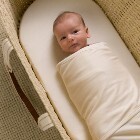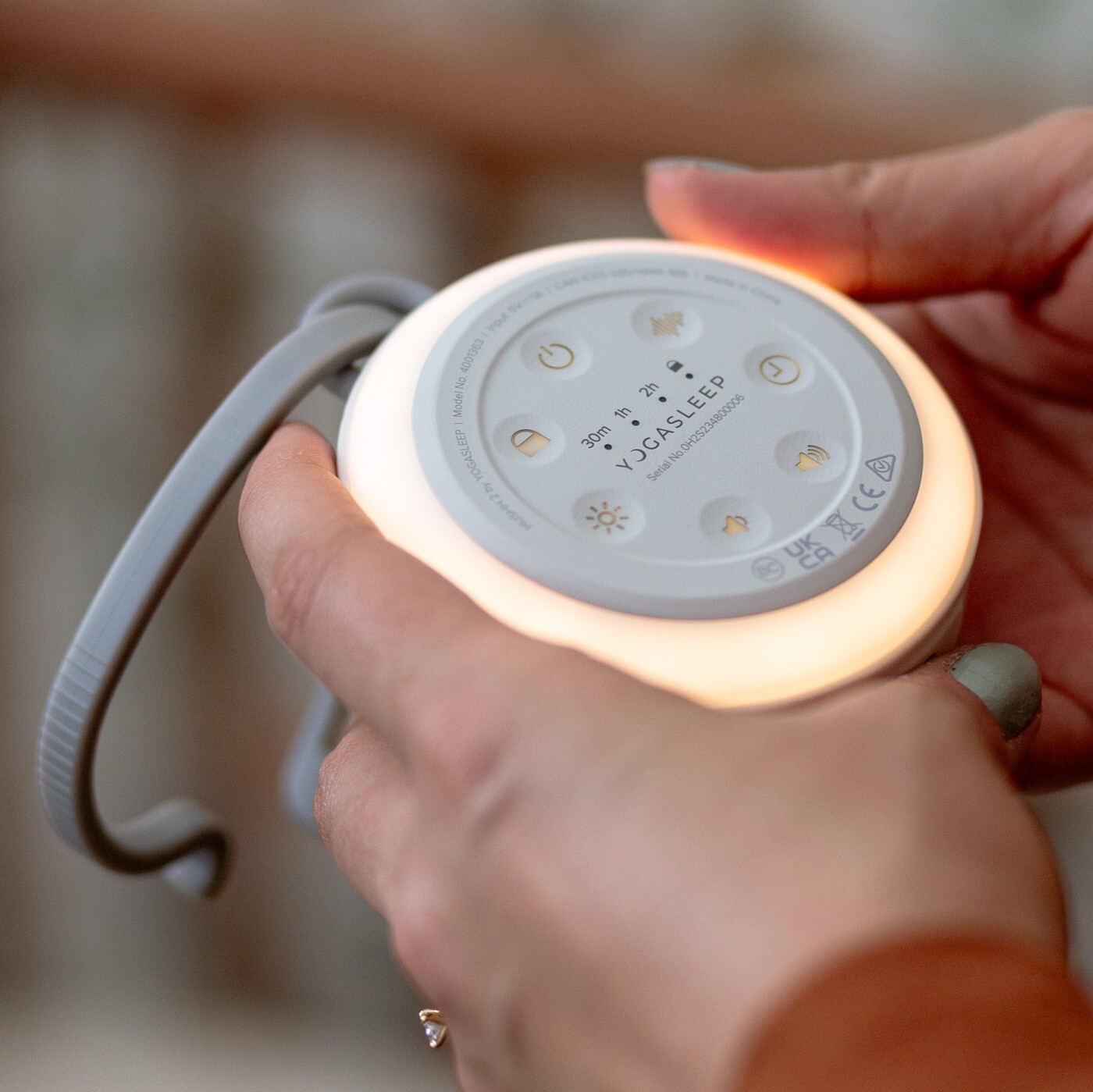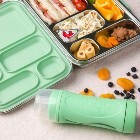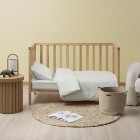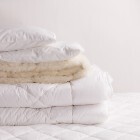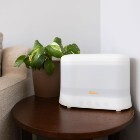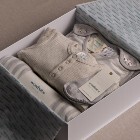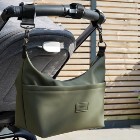Pumping can give you flexibility but it also adds time, gear, and routines to manage. Here’s how to keep it practical:
1. Cleaning and Sterilising Pump Parts
Keeping your pump clean is essential to protect your baby from bacteria, especially when they’re under 3 months, premature, or have health concerns. After each use:
- Disassemble all parts that touch breast milk.
- Rinse each part with cold water to remove milk residue.
- Wash in hot, soapy water using a clean bowl (not the sink). Use a separate brush or cloth just for pump parts.
- Rinse thoroughly with clean water.
- Air dry on a clean tea towel or dedicated drying rack. Don't pat dry with a dishcloth.
Sterilise daily using one of the following:
- Boil parts in water for 1 minute, don’t forget to set a timer.
- Use a microwave or UV steriliser.
- Soak using Milton sterilising tablets available in NZ pharmacies and supermarkets.
What About the "Fridge Hack"?
If you're pumping multiple times a day and can't clean pump parts in between, the CDC and many NZ health professionals say it's okay to rinse and refrigerate used pump parts between sessions but only if:
- Baby is healthy and full-term
- You’re using the same parts within a 24-hour period
- You rinse with cold water first, then store in a clean ziplock bag or sealed container
- You fully clean and sterilise the parts at the end of the day
2. Storage Guidelines
Breast milk is more than nourishment, it's packed with antioxidants, immune-boosting properties, and nutrients. Whether you're preparing for a night out, returning to work, or just need flexibility, here’s how to keep your milk safe and potent.
How to Store:
- Room temp (16–29°C): Up to 4 hours, 6–8 hrs may be okay if it's cool.
- Fridge (≤4°C): Best within 4 days; up to 5–8 days if conditions are very clean.
- Freezer (-4°C to -20°C): Best within 6 months; 12 months is acceptable. Leave space in the container and freeze in small portions to reduce waste.
Smart Handling:
- Thaw in the fridge or warm water. Never microwave.
- Use fresh milk first.
- Thawed milk: Use within 24 hours. Don't re-freeze or leave out for more than 2 hours.
3. Sharing Feeds and Returning to Work
Many mums pump to give their baby a bottle whether to rest, prepare for return to work, or allow another caregiver to feed the baby. Caregivers might be partners, paid childcare or grandparents. Consider sharing;
- Your prep and clean-up structure.
- How you'd like your baby to be fed, perhaps you use paced-bottle feeding.
- Any cues or routines that work well.
- For work, you're entitled to:
- A private, clean space to pump
- Flexible break times
- A fridge for storing milk



